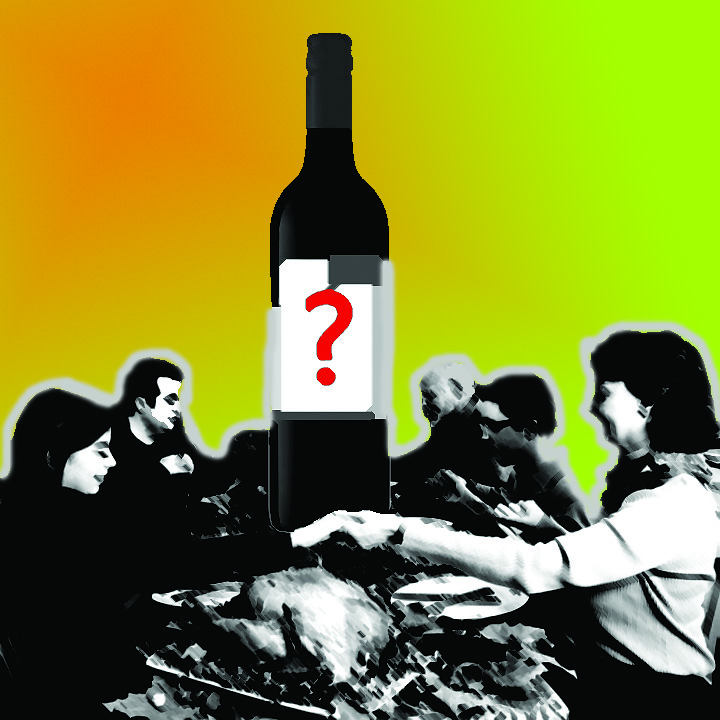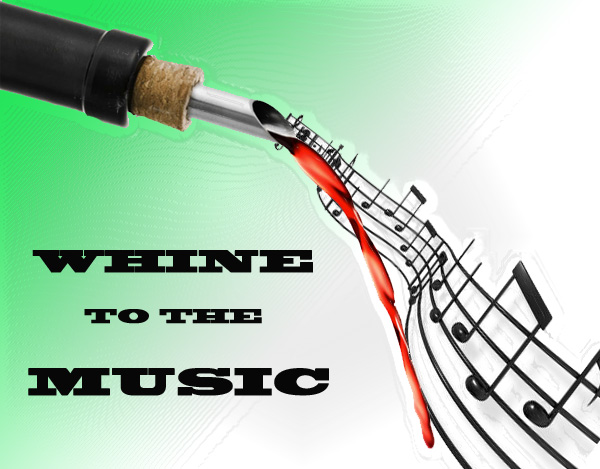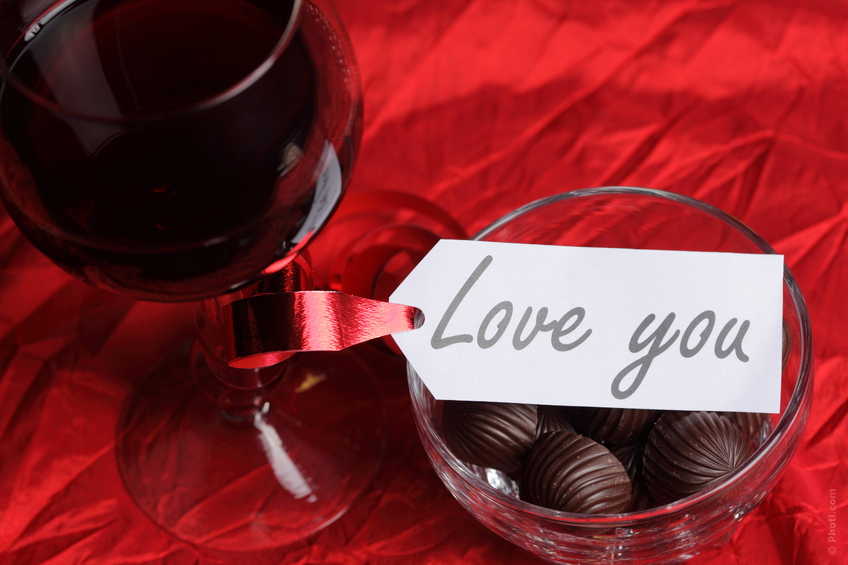Posted on December 16, 2011
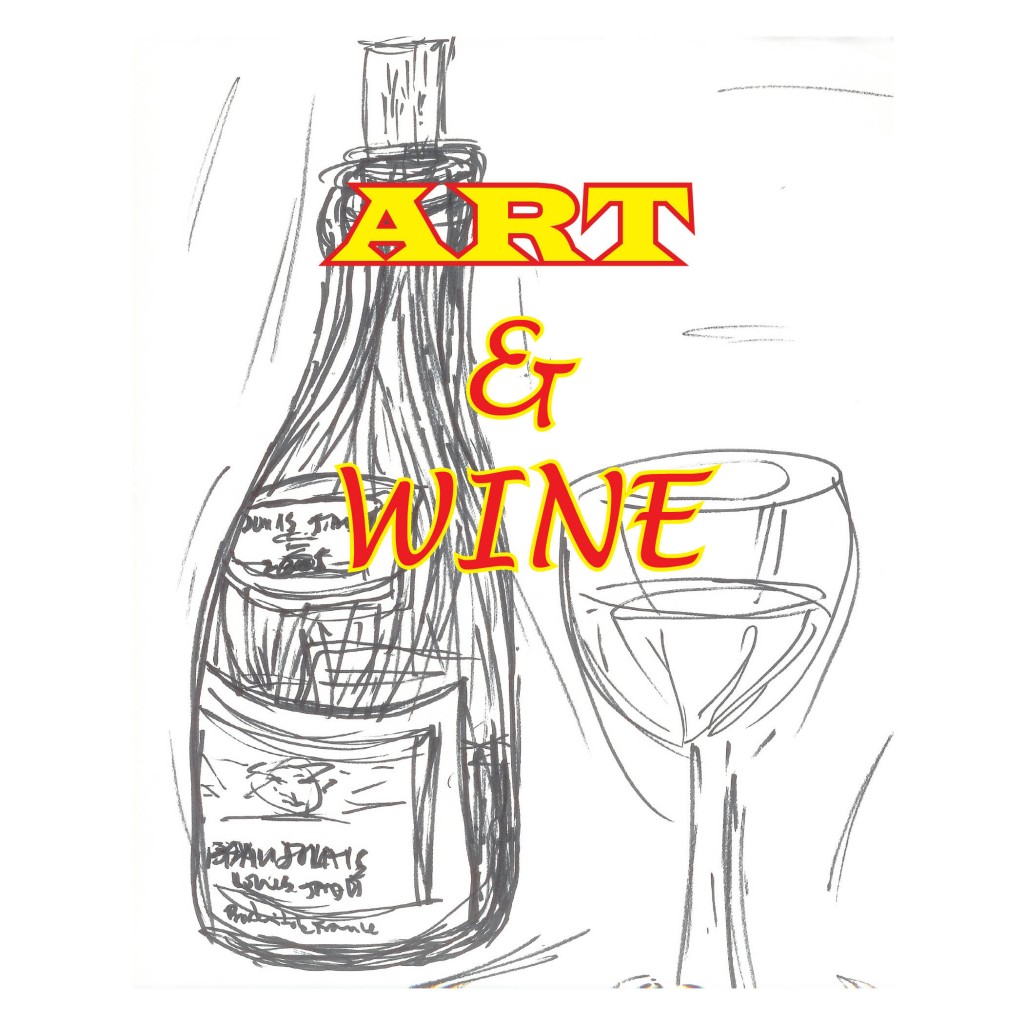
art and wine pairing
WINE AND ART PAIRING
Part of my mission statement is wine education. The best way to do this, is by comparing wine with things in our world that we already know. It is an abstract concept which I believe will help people understand the fundamentals about wine. it is easy for us to do wine and food pairing, wine and chocolate pairing and now, wine and art pairing. Wine goes beyond the realm of just what it tastes and smells like. The idea behind wine and art pairing is to look at wine as it affects us emotionally. Like art, wine can evoke emotions and create an experience or vice-versa It can create an experience which leaves a lasting impression. Taking a closer look at the two we can learn more about the basics of wine and art pairing and see how their fundamental elements relate to each other.
The basic idea behind wine and art pairing is to look at the basic fundamental elements of wine and those of art and compare them with each other. Each element creates a certain experience. We will pair those experiences or emotions to each other. Are you with me yet? Not to worry, you’ll catch up; lets first learn the basics of wine and art.
Viscosity
A wine’s viscosity is measured by the tears and staining of the wine on the wine glass. I compare this to the weight of a line in art. Viscosity can tell us about the alcohol or body of a wine, the lines in art do the same, they give weight to the work. A thin light line gives an art work a feeling of being light and whimsical; where a heavy and dark line gives a bolder and pronounced feeling. A wine’s viscosity can do the same. A wine of light viscosity might be a Pinot Noir, light on the palate. A wine with more viscosity will have more alcohol and give the wine weight and body, becoming bolder. The first step in wine and art pairing is matching the wine’s viscosity with the weight of the line.
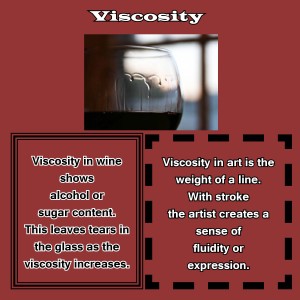
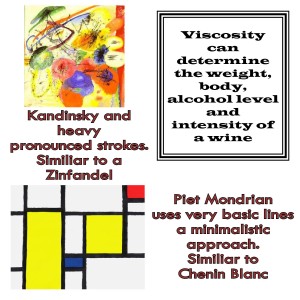
Color
Color has a direct influence on ones emotion. An artist uses color to either make the work pop or remain subdued. Specific colors have specific meanings. For example, today, green means ecology, while red is a strong emotion denoting either love or hatred. In wine, color gives us the first clues to what the wine will be like. Dark color usually means heavy and full. A light color is light bodied and clean.
When making an art and wine pairing, a wine such as a Syrah or a Cabernet which have a rich deep color, can pair with works of art that have a dark side, or a heavy emotion. Lighter colored wines such as Gamay or Pinot Noir, pair with more lively and whimsical colors. The color of a wine can also be an indicator of a wines age. If there is a disparity between the center of a wine to its rim, it might be a sign of age. The wine goes from dark to light, but the difference is a lot more noticeable in an older wine than in a young wine. This being said, some older wines can pair with works that are rustic and younger wines with more bright and vibrant colors.
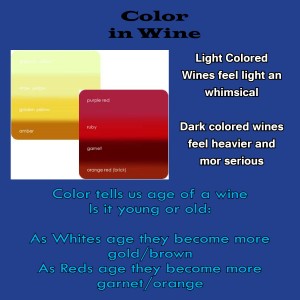
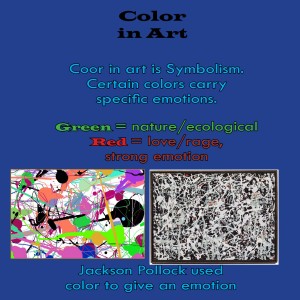
Aroma and Brightness
In wine and art pairing aromas can be compared to the brightness of a piece. Aromas in wine can be construed as being very aromatic such as a Viognier, or more subdued, such as a Chardonnay. A wine with a fruity aroma is usually a wine that will land bright and lively on the palate. A wine with an aroma of oak and earthy aroma will usually be less bright on the palate and better with food. In art Brightness is the art’s intensity. Does it pop or is it subdued? Does the artist play with light and dark. Are the hues in harmony or in contrast? (more…)
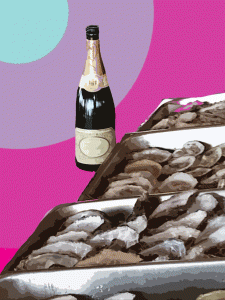 There is nothing better than sitting in a restaurant with a tray of oysters and a glass of white wine. White wine and oysters is a classic pairing, unfortunately, so many people are turned off by oysters. I just don’t get it. Maybe because I love wine so much, it makes sense that I love oysters too. If you remember seeing my posts of top kid friendly restaurants, they all served oysters.
There is nothing better than sitting in a restaurant with a tray of oysters and a glass of white wine. White wine and oysters is a classic pairing, unfortunately, so many people are turned off by oysters. I just don’t get it. Maybe because I love wine so much, it makes sense that I love oysters too. If you remember seeing my posts of top kid friendly restaurants, they all served oysters.
